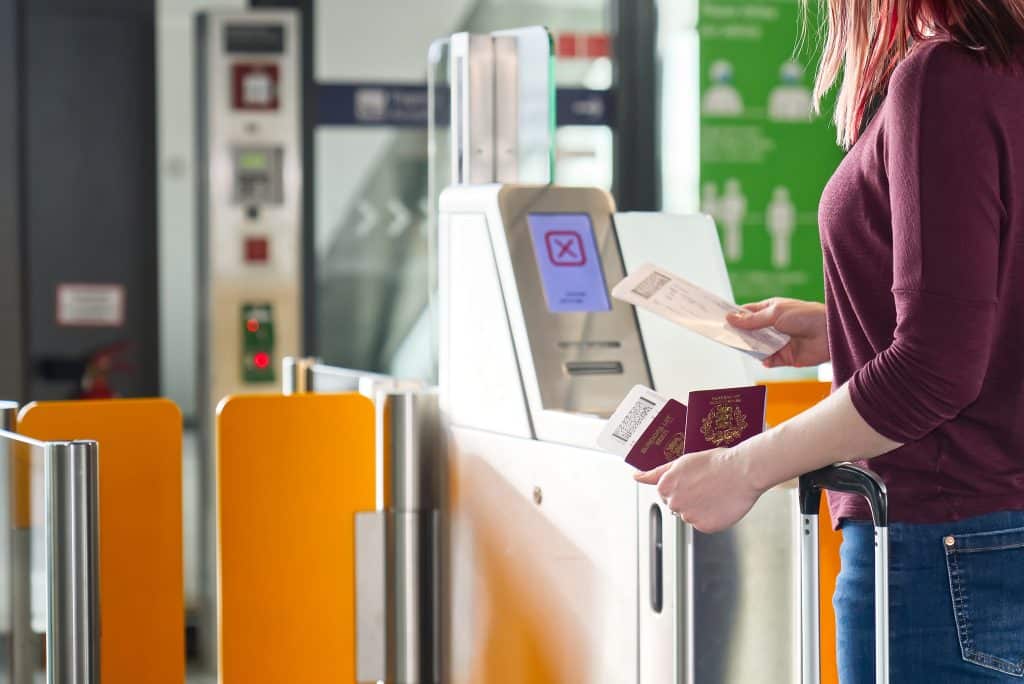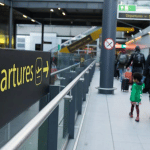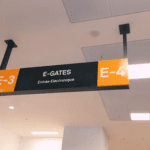Philippines sets aside millions in funding for biometric airport gates

The Philippines is putting additional funds of PHP1.347 billion ($24.1m) for the electronic gates (e-gates) project for major international gateways across the country.
The automated biometric border control gates project upgrades the inspection process at international airports and seaports in the Philippines, using face biometrics to address immigration congestion and security. The project is in Phase 2 as the government released PHP1.976 billion ($35.4m) for the procurement of e-gates for Phase 1.
“This will continue until Phase 2 in 2026,” said Budget Secretary Amenah F. Pangandaman. “This year, we are already in Phase 2, and we are appealing to the BI [Bureau of Immigration] to expedite the procurement process so that the E-gates Project can become fully operational as soon as possible.”
50 percent of the overall manned inspection counters are expected to be replaced with biometric gates. Some have been installed at Ninoy Aquino International Airport (NAIA), the country’s main international airport in Manila, where President Ferdinand R. Marcos Jr. recently spoke on the push for face biometrics to streamline the airport experience.
The president toured NAIA and was briefed on the improvements made since the airport’s operations were taken over by the New NAIA Infrastructure Corporation (NNIC). The NNIC is formed of the San Miguel Holdings Corp. (SMC), RMM Asian Logistics, Inc., RLW Aviation Development, Inc. and Incheon International Airport Corp., which snagged the PHP 170.6 billion ($3.05bn) public-private partnership in 2024 to operate and rehabilitate the NAIA, with a proposal that the government take the biggest revenue share of 82.16 percent.
Back in March this year, the NNIC partnered with Collins Aerospace to introduce systems designed to streamline airport operations and align NAIA (also known as Manila International Airport) with international aviation standards. The partnership will address long queues and outdated systems, with biometric screenings expected to reduce documents checks and baggage drop-off self-service kiosks. The NNIC aims to increase the main gateway’s current annual passenger capacity of 32 million to 60 million.
In November 2024, America’s UltraPass and the Philippine Department of Transportation (DOTr) signed an MOU to pilot privacy-first digital identity verification across airports in the Philippines.
Funds for the deployment of biometric airport gates will be distributed to NAIA Terminals 1 and 3, Clark International Airport, Mactan Cebu International Airport, Davao International Airport, Kalibo International Airport, Boracay-Caticlan International Airport, Zamboanga International Seaport, Laoag International Airport, Bohol-Panglao International Airport, and Puerto Princesa International Airport.
The target date for the full employment of operational e-gates is set on or before December 15.
Article Topics
ABC gates | airports | biometrics | border security | face biometrics | Philippines








Comments